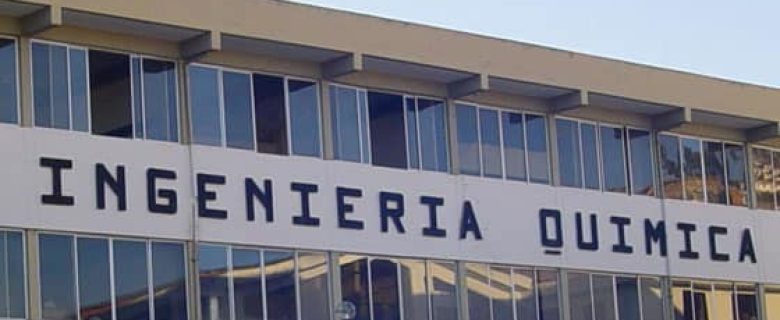The IBERO-AMERICAN CHEMISTRY CONGRESS was recently held in Cuzco, Peru, with the participation of world-renowned researchers and experts. The Congress was structured in different Sessions and Working Groups that dealt with: corporate social responsibility; challenges and opportunities for the atmospheric environment; biogeochemical cycles; technologies compatible with eco-sustainability; bioremediation processes; education and environmental problems. Roundtable discussions were also organised on environmental management, environmental disasters, sustainable development and energy resources. In total, more than 700 scientists and students participated in the event.
One of the main conclusions generated at the Congress in relation to the management of industrial waste was: “the need to adopt organisational and operational measures to reduce, to economically and technically feasible levels, the amount of by-products, waste and polluting emissions generated that require treatment prior to final disposal”.
The congress organisers invited Professor Antonio Gil, from the Public University of Navarra, to give a lecture within the thematic area “Industrial Chemistry and Chemical Engineering”. The subject of the work presented was “Industrial Waste Management”, in which IDALSA’s aluminium smelting and salt slag treatment processes were presented as an example of the implementation of clean technologies at industrial level. Specifically, the company has incorporated high-efficiency oxy-combustion technology in the burners of the melting furnaces due to the increase in melting speed, over 40%; the reduction in energy consumption, between 35 and 50%; the reduction in emissions, less N2, in flames; the pre-treatment of aluminium slag to reduce the fluxing salts required; the productive use of state-of-the-art furnaces specialised in recycling aluminium scrap and by-products using a minimum amount of fluxing salts and the use of new salt mixtures to reduce the rate of waste per kilogram of aluminium obtained and, therefore, the toxicity of the residual fraction.
In relation to the recovery and valorisation of salt slags, a waste generated in the smelting of aluminium, the Argonne National Laboratory, together with the US Department of Energy, states: “Among the different possibilities considered, it seems that recovering only the aluminium and taking the non-recoverable contaminated salts and oxides to safety deposits is the closest to the positive balance of the cost/benefit analysis, as long as the aluminium content of the salts is higher than 5%”. Professor Gil reached the same conclusion, stating that “the recovery of these new wastes is not economically viable, the best option being to minimise their production, recover the aluminium metal fraction and deposit the remaining fraction in a controlled landfill”. For Professor Gil, “to date, there is no real market for the fraction known as NMP, non-metallic products”.


